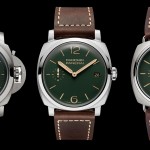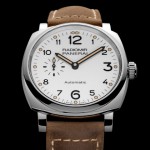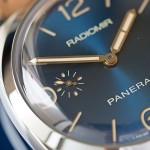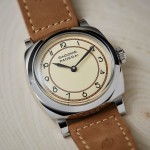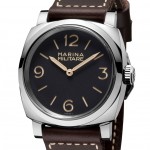Hands-On with the Panerai “Tropical” Editions, Radiomir 1940 PAM662 & Luminor 1950 PAM663
Panerai recreates the look of vintage "tropical" dials with the limited edition Radiomir 1940 PAM662 and Luminor 1950 PAM663, both powered by the revamped calibre P.3000.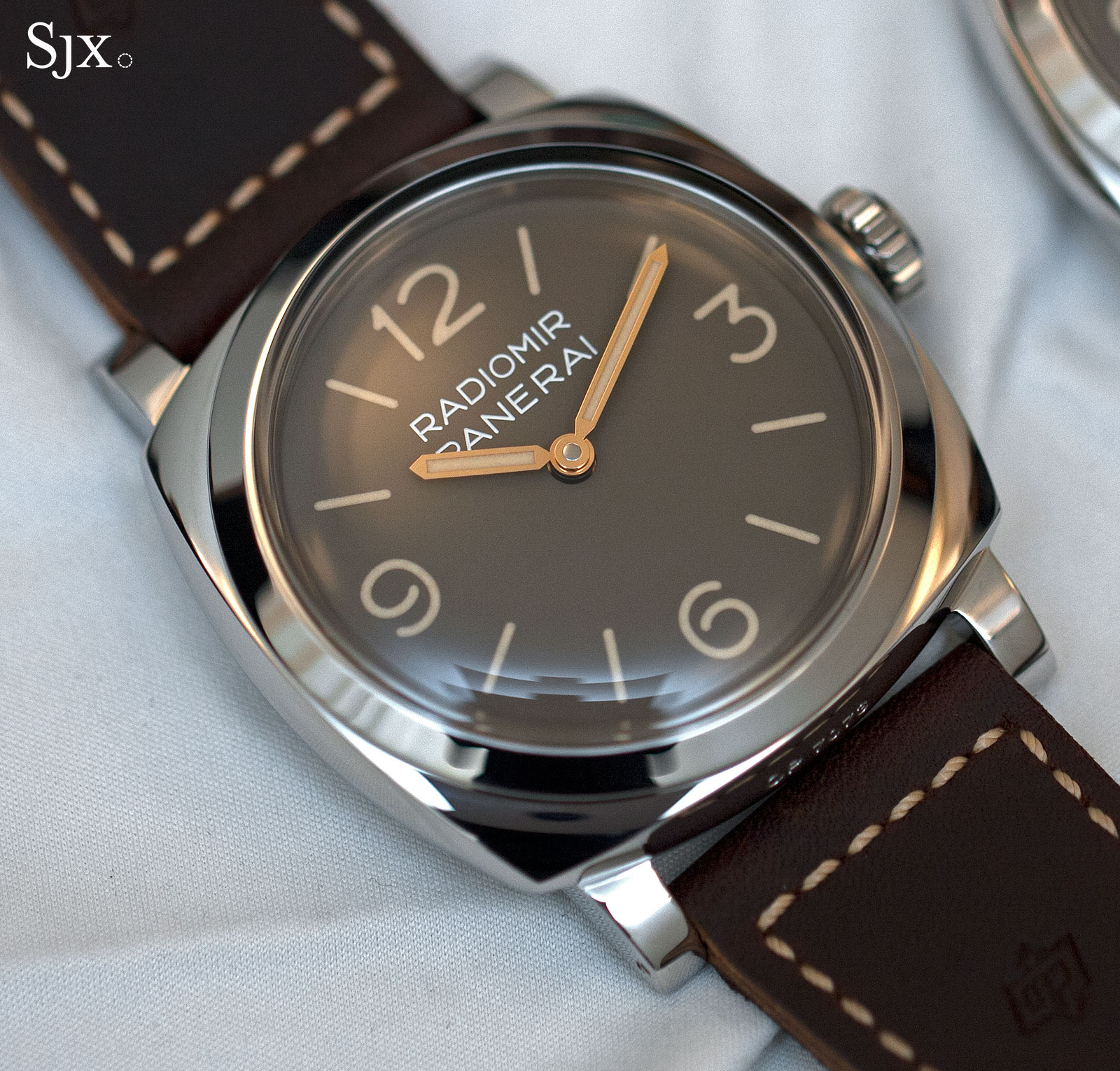
“Tropical” is the nickname given to vintage watch dials that have faded from black as they were when they left the factory, to varying shades of brown. One reason for the change in colour is the breakdown of the colour pigments due to ultraviolet radiation in sunlight, hence the moniker. Panerai’s latest historical remakes takes inspiration from such tropical dials, with both the Radiomir 1940 3 Days Acciaio PAM00662 and Luminor 1950 3 Days Acciaio PAM00663 fitted with grey-brown dials that do a convincing job of approximating a vintage patina.
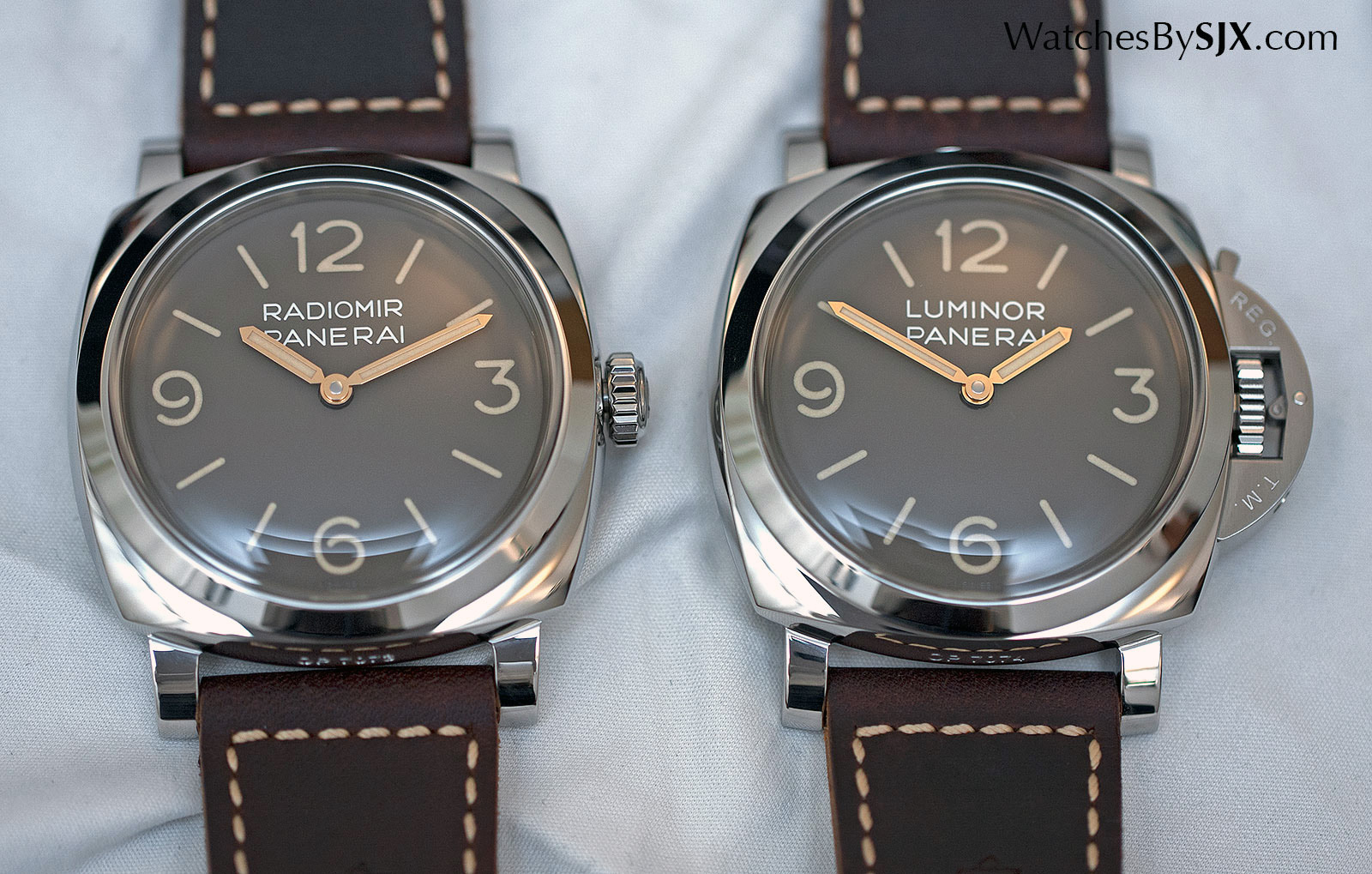
While the recent Luminor 1950 Titanium DLC Special Editions took liberties by mixing and matching elements from historical watches, the tropical Special Editions (what Panerai calls its limited editions) are more kosher. The first of the pair is the Radiomir 1940 3 Days Acciaio PAM662, featuring the transitional case design modelled on the Egiziano Piccolo ref. 6154, a 1940 timepiece that was the bridge between the wire-lug Radiomir and subsequent Luminor with the signature crown lock mechanism.
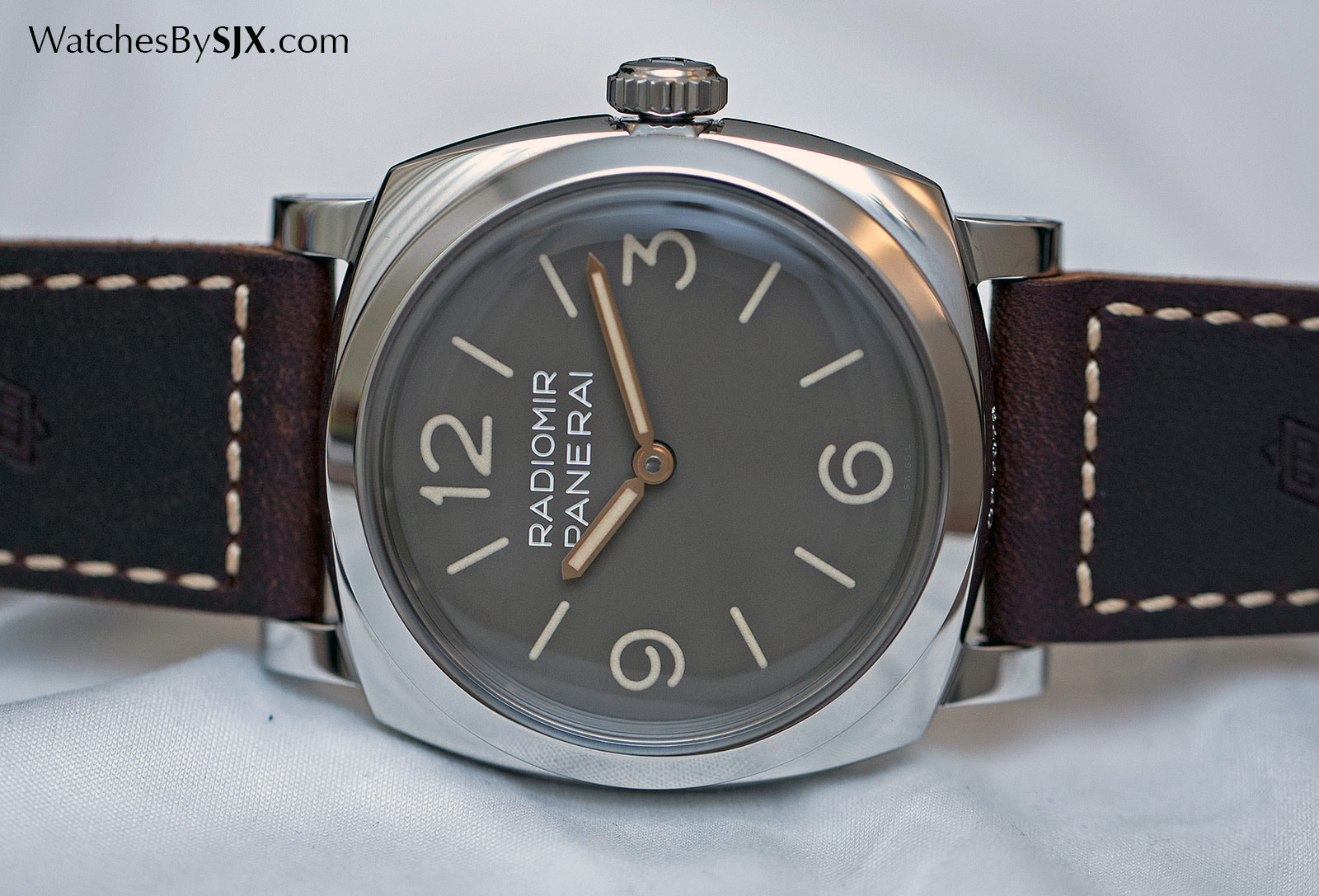
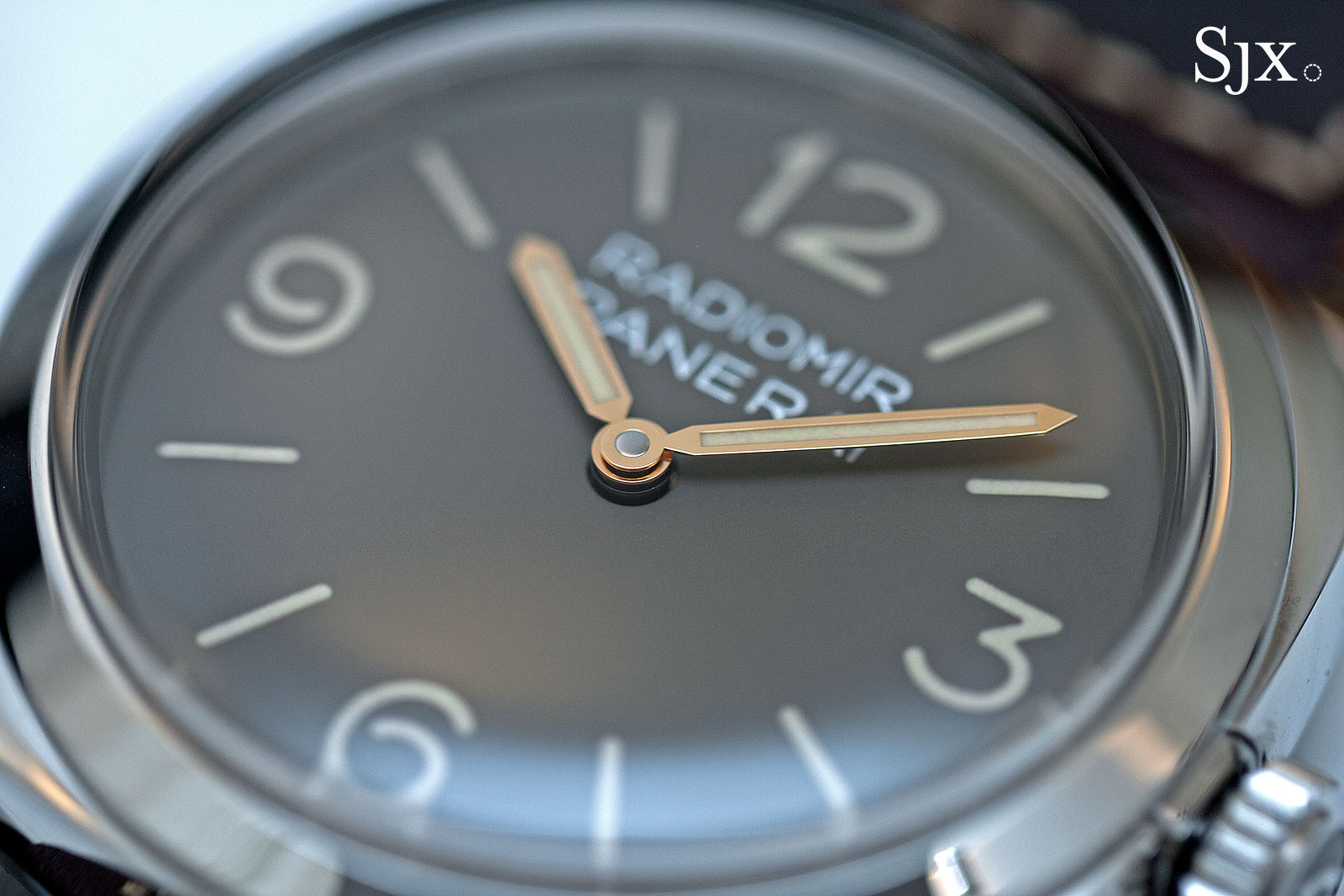
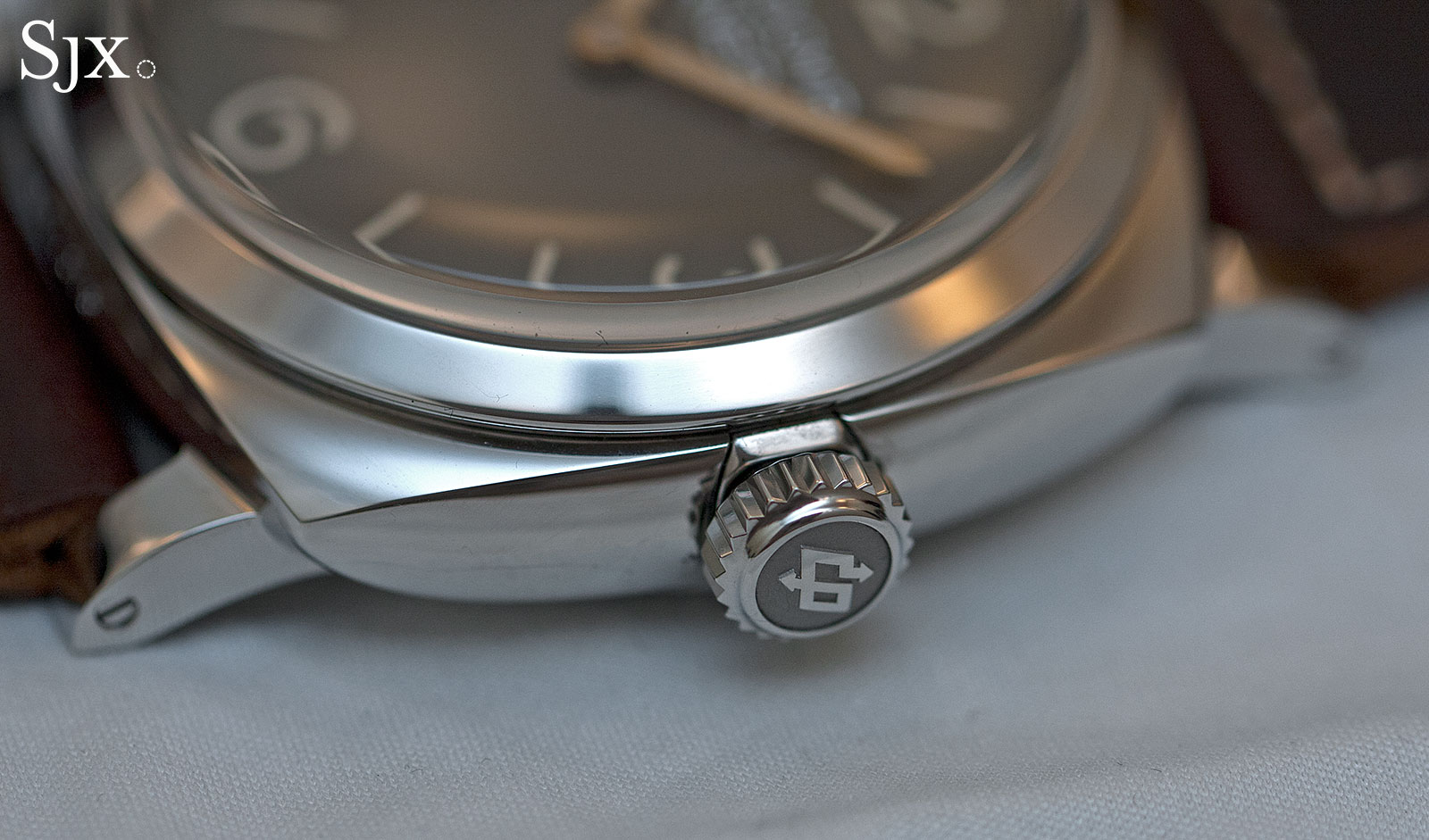
Essentially a variant of the PAM587 from two years ago, the tropical PAM662 plays its role well, with various details appropriated from vintage models, including the gilded pencil hands and engraved lettering on the dial. The case is stainless steel and 47 mm in diameter, a largish size that’s same as that on vintage Panerai watches. While historically correct, the size is too much for many to swallow, hence the smaller Radiomir 1940 models.
Identically sized, the second tropical edition, the Luminor 1950 3 Days Acciaio PAM663, features the exact same dial and hands, save for the lettering on the face. Unsurprisingly, the look has a similar effect, though the crown lock mechanism gives it a little extra appeal, being so synonymous with the brand.
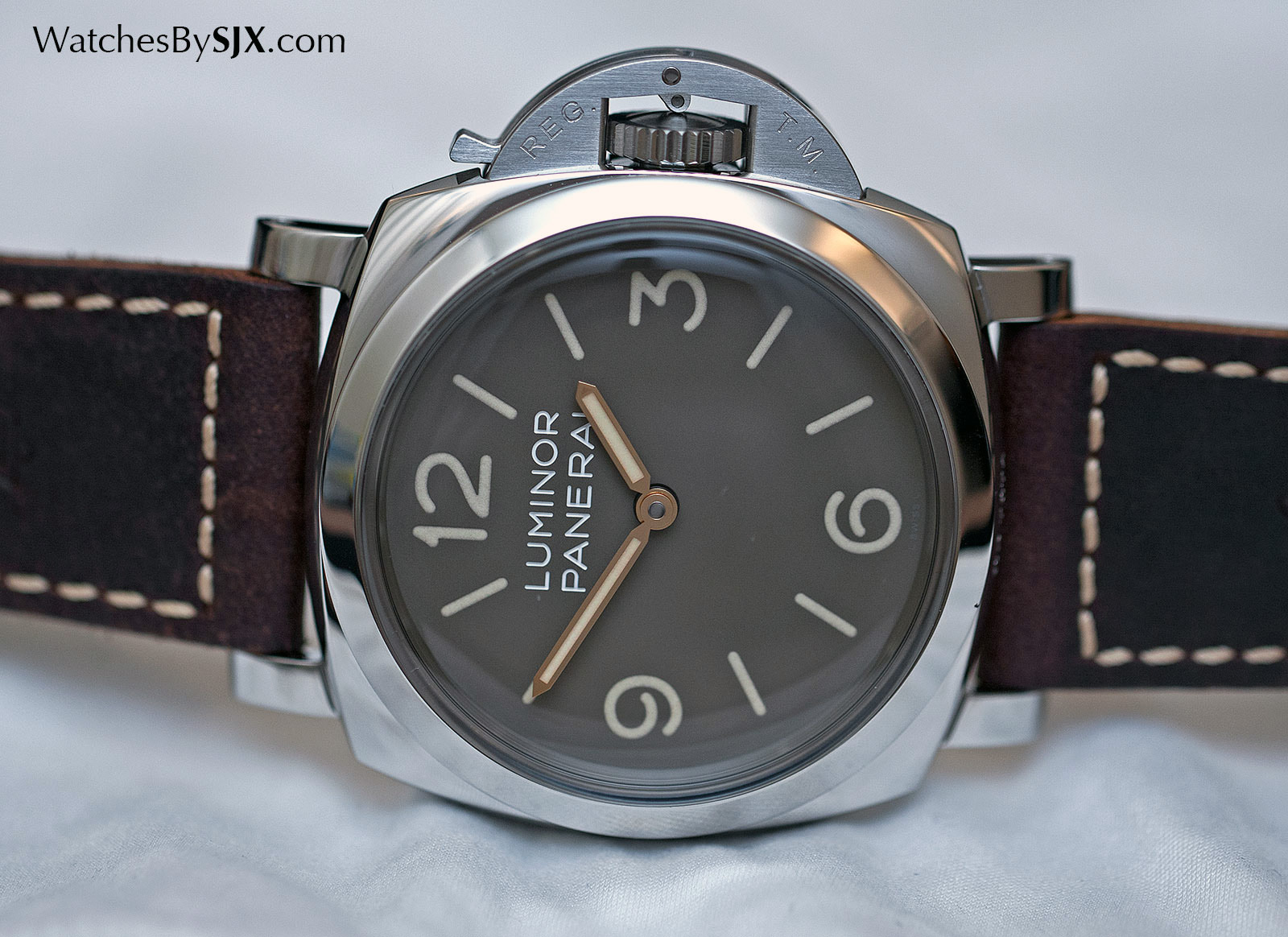
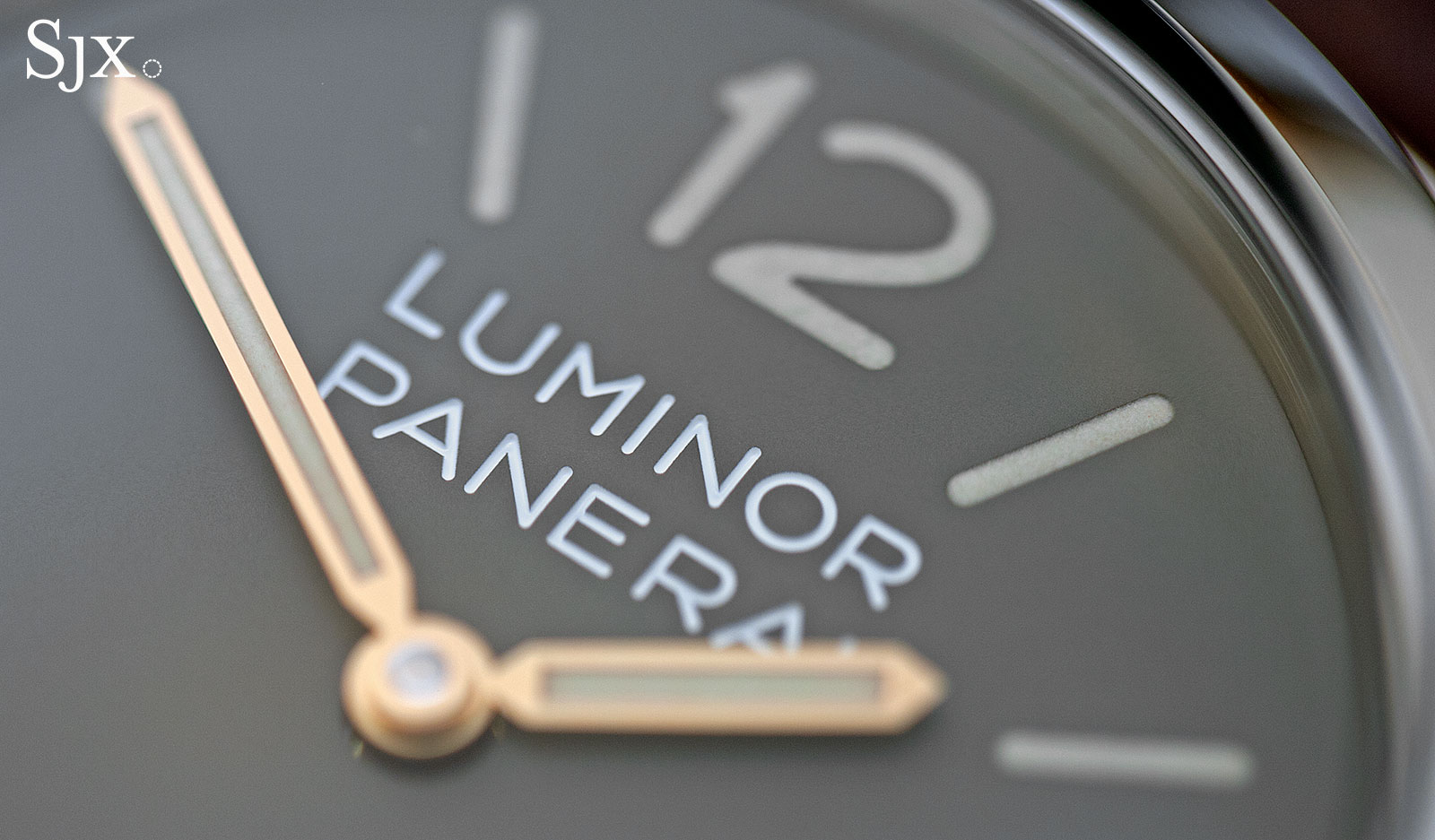
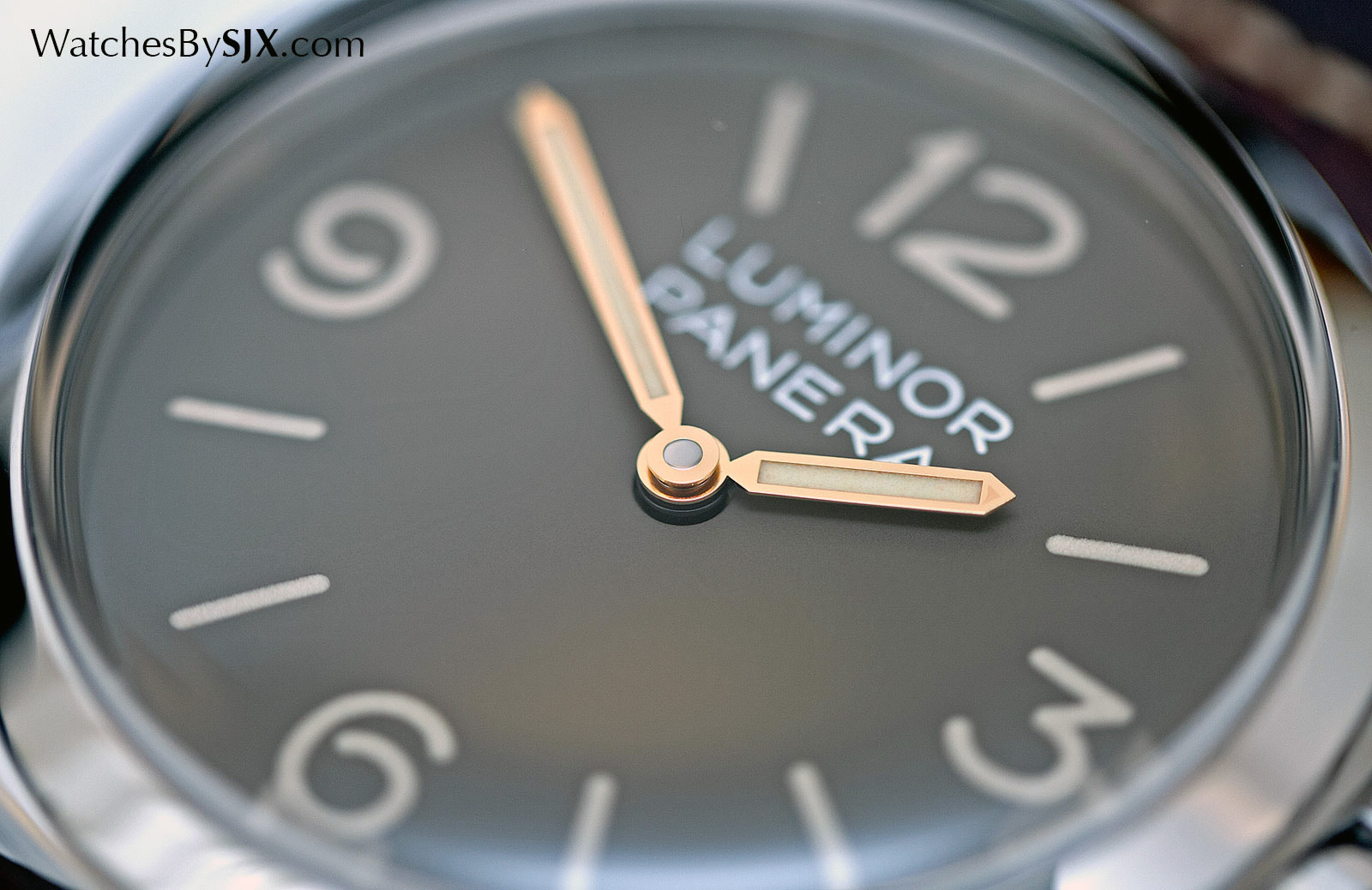
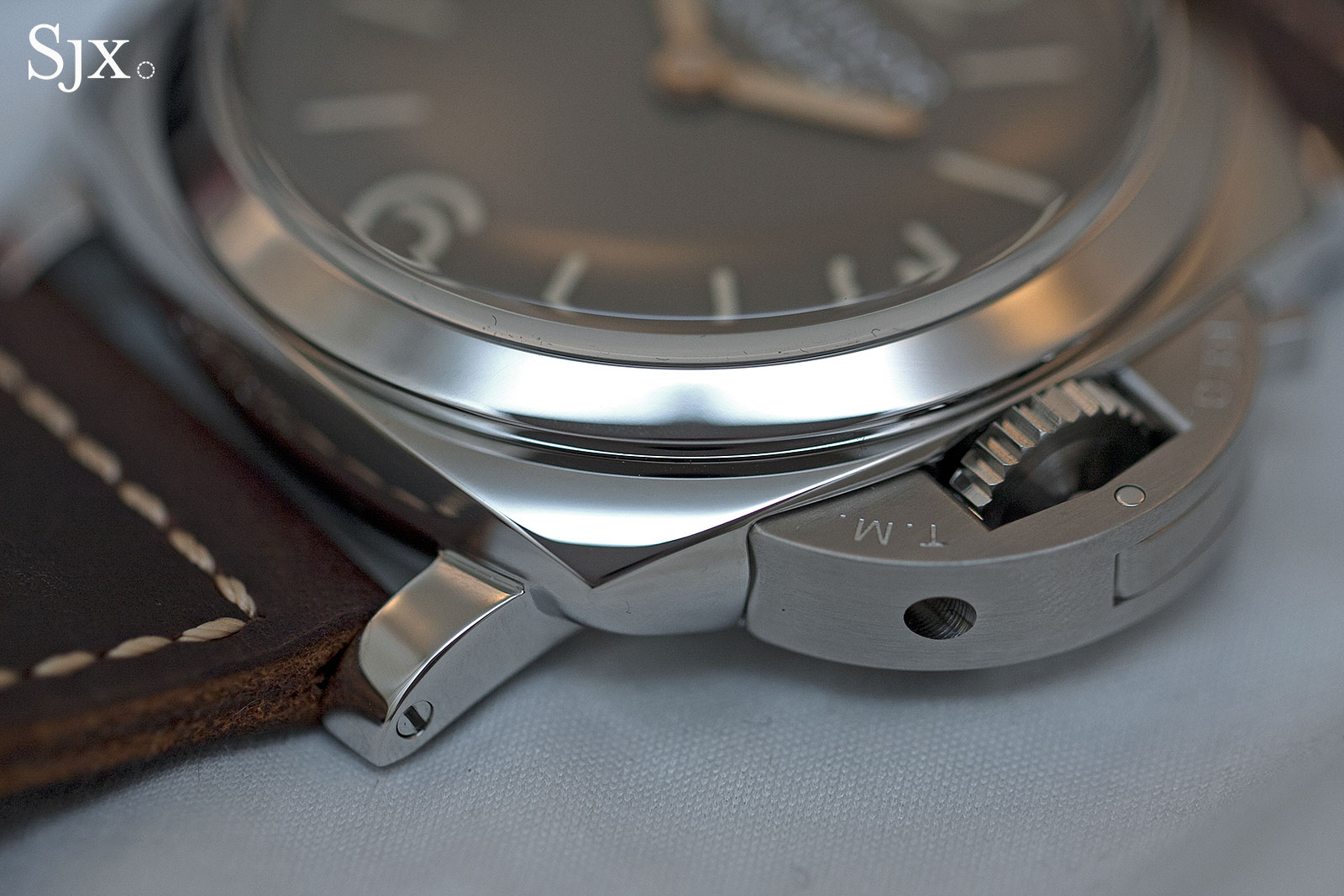
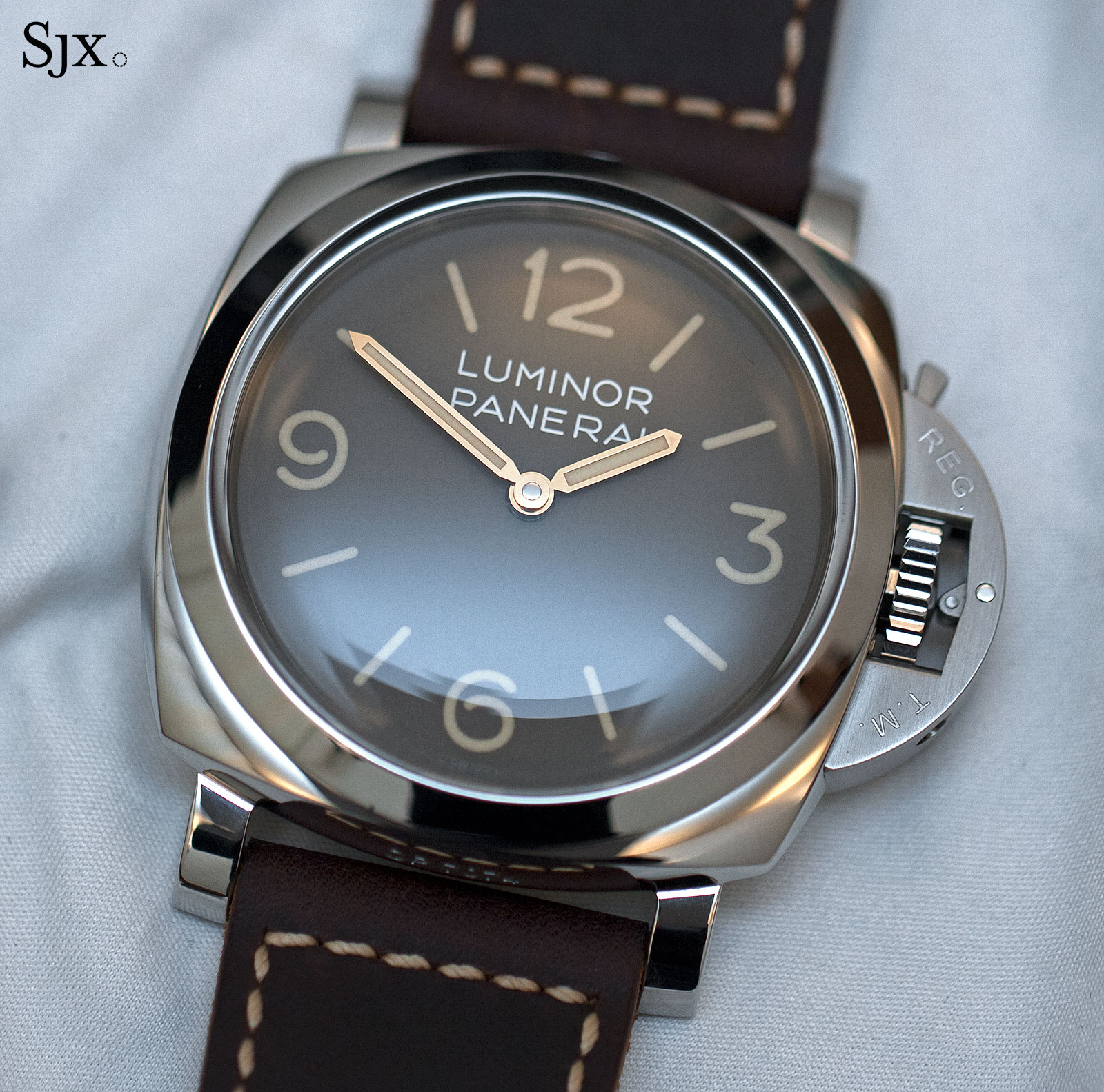
Old look, new movement
While the look is a careful recreation of an old look, the movement is the second generation P.3000. Hand-wound with a three day power reserve, the P.3000 is Panerai’s basic in-house movement that’s a replacement for the outsourced Unitas calibre that used to be found in most Panerai watches.
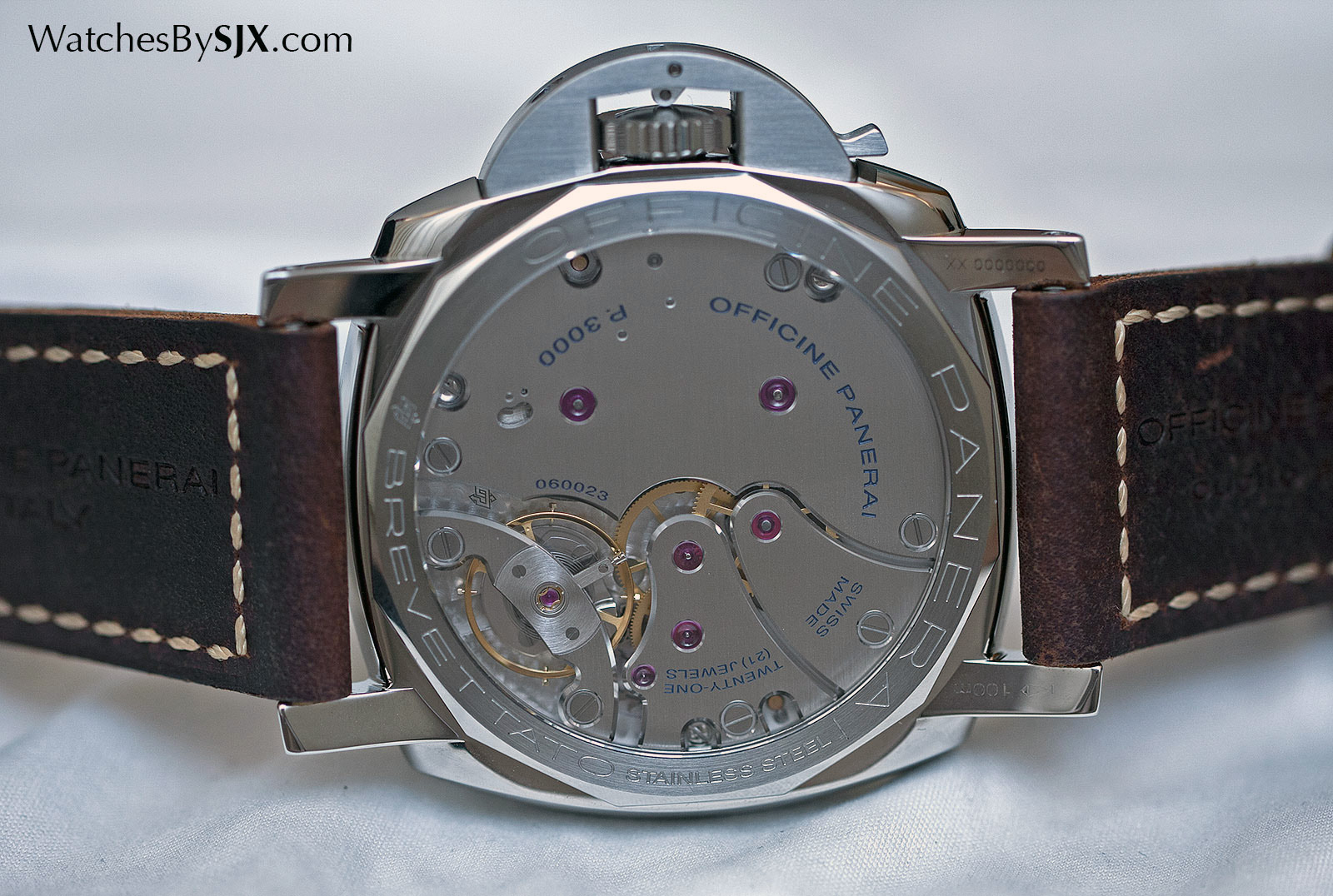
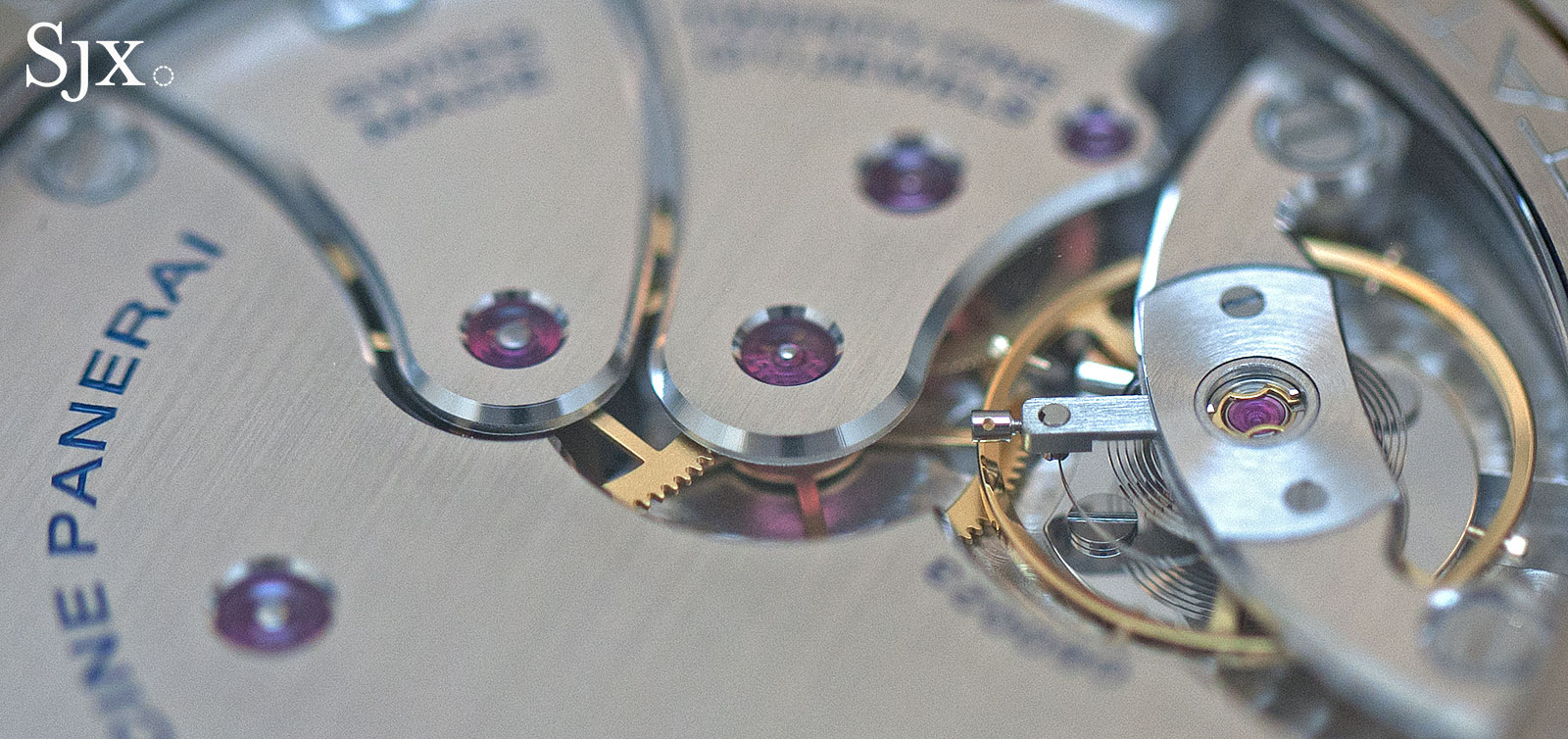
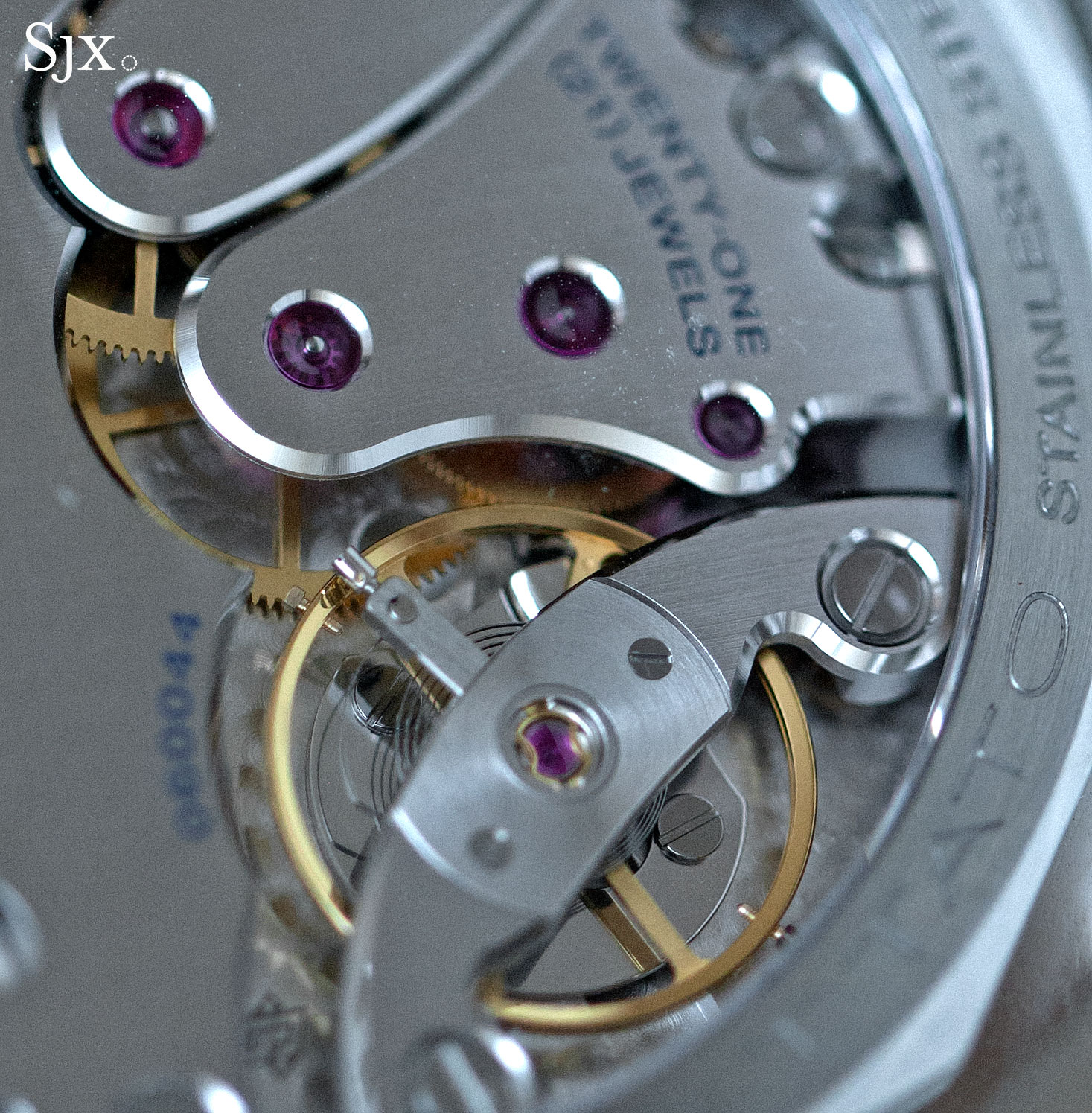
The balance wheel is held by a full bridge, a feature common to many Panerai movements.
While fundamentally the same as the first generation, the new P.3000 has twin bridges for the gear train, instead of the single bridge of before. And the shape of the barrel bridge (the largest, occupying half the real estate on the back) has been tweaked to give it more more detail. The overall look is more appealing, since the bridge shapes are more complex and offer more detail.
How special are Special Editions?
While both tropical editions are appealing watches (and the new P.3000 is a bonus), ticking all the boxes on a Paneristi’s checklist, the pair are the latest in a lengthy line of historical remakes, many of which were also limited editions in their own right. And because Panerai is wont to reuse details from Special Editions that sell well on models in the regular collection (think composite case, California dials and so on), the once rabid enthusiasm for such watches has tapered off.
Be that as it may, the tropical watches are available for not that much more than the equivalent regular models, and compared to Panerai Special Editions of the past, much more easily available.
Pricing and availability
The Radiomir 1940 3 Days Acciaio PAM662 will cost US$9800 or S$14,000, while the Luminor 1950 3 Days Acciaio PAM663 will be US$10,200 or S$14,600. Each is limited to 1000 pieces.
Back to top.
